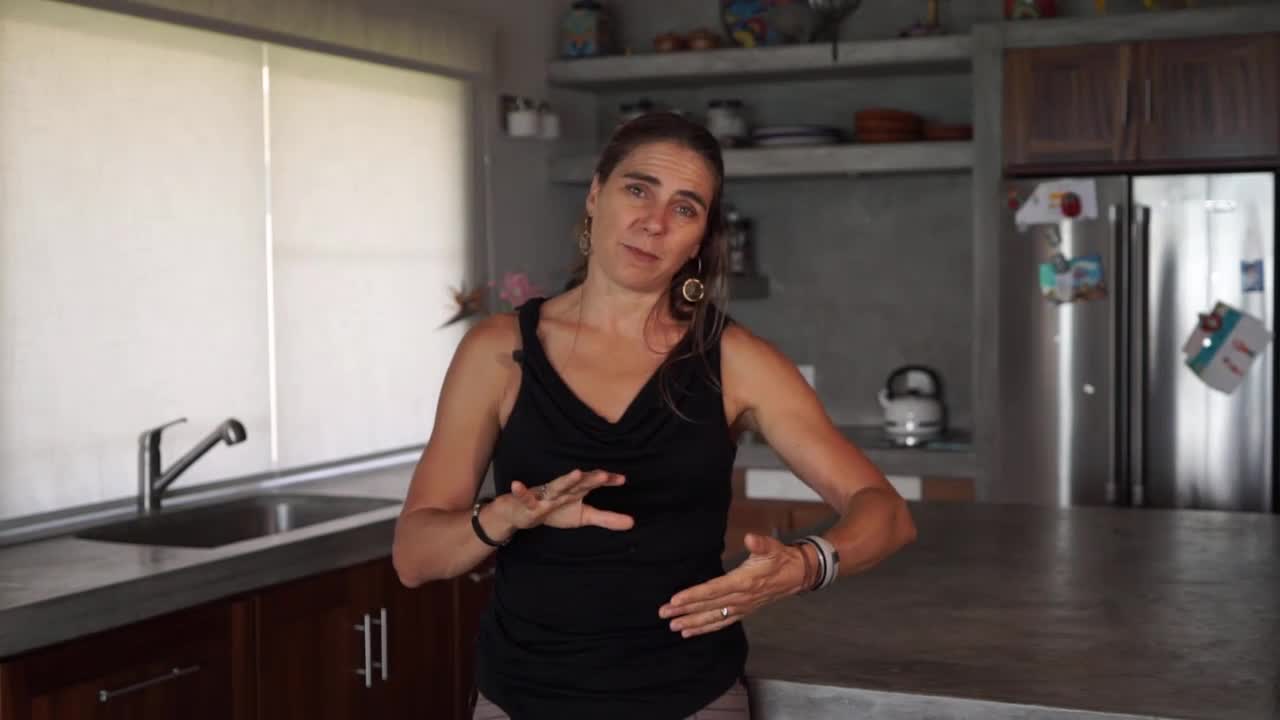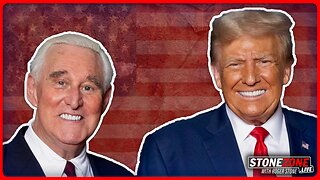Premium Only Content

Habit 2: Habit Evolution: 5 Habit Triggers
Lesson:
“Simplicity changes behavior.” – BJ Fogg
BJ Fogg is the director of the Persuasive Technology Lab at Stanford University, where revolutions in behavior science are brewing. Fogg’s breakthrough research on what makes us change behavior identifies that you need motivation, ability, and a trigger to converge in the same moment.
Fogg’s three-step method to better habits:
Get specific—Translate target outcomes and goals into behaviors.
Make it easy—How can you kaizen your habits? What small steps can you start now?
Trigger the behavior—What will prompt the behavior? To find your trigger for a better habit, use this simple sentence from Fogg: “Right after I __________, I will __________.”
For example, right after I wake up, I will scrape my tongue. Or right after I do the dishes, I will brush and floss. With these small actions, you are less likely to eat before bed.
Notice how simple and specific the behavior or new habit is. Double-check to make sure it’s specific and easy. The idea is to set it low on the motivational scale. In the brush teeth example, you didn’t say “stop eating after washing dishes.” You don’t need motivation. You just need to set a trigger for a specific action.
Fogg states the best triggers are:
Location
Time
Emotional state
Other people
An immediately preceding action
BJ Fogg invites us to remember the secret to changing human behavior— to keep both your desired behavior and your trigger simple. This means a lot from the dude with a Ph.D. who runs the behavior lab at Stanford. As Fogg says, “Simplicity changes behavior.
-
 DVR
DVR
barstoolsports
6 hours agoOld Dog Bites Back | Surviving Barstool S4 Ep. 9
24.2K -
 LIVE
LIVE
Right Side Broadcasting Network
7 days agoLIVE: TPUSA's America Fest Conference: Day One - 12/19/24
7,380 watching -
 1:43:08
1:43:08
Roseanne Barr
4 hours ago $8.51 earned"Ain't Nobody Good" with Jesse Lee Peterson | The Roseanne Barr Podcast #79
29.5K17 -

The StoneZONE with Roger Stone
1 hour agoTrump Should Sue Billionaire Governor JB Pritzker for Calling Him a Rapist | The StoneZONE
3.72K1 -
 LIVE
LIVE
LittleSaltyBear
2 hours ago $0.88 earnedNecromancing Path of Exile 2 4K
312 watching -
 LIVE
LIVE
Akademiks
2 hours agoJay Z War against Diddy Accuser Lawyer GOES CRAZY! Lil Baby Speaks OUT! Cardi v Offset? Bhad Bhabie?
4,155 watching -
 LIVE
LIVE
Josh Pate's College Football Show
3 hours ago $0.09 earnedCFP Changes Coming | Transfer Portal Intel | Games Of The Year | Head Coaches Set To Elevate
62 watching -
 1:21:17
1:21:17
Donald Trump Jr.
6 hours agoWhat are These Mystery Drones? Plus Inside the Swamp’s CR. Interview with Lue Elizondo | TRIGGERED Ep.200
96K96 -
 37:54
37:54
Kimberly Guilfoyle
6 hours agoAmerica is Healing, Plus Fani Willis Disqualified, Live with Shemane Nugent & Mike Davis | Ep. 182
72.8K39 -
 7:38
7:38
Game On!
4 hours ago $0.48 earnedThe picks you need for Thursday Night Football!
11.6K